Malaga is a Spanish city bathed by the Mediterranean in Andalucía. The region enjoys a wonderful climate all year round and it’s one of the most beautiful cities in the Iberic peninsula. Snuggled between two riverbeds, surrounded by mighty mountains and blessed with numerous parks, exciting landmarks and plenty of places for sightseeing, Malaga is a great destination for your next holidays.
Those interested in road tripping will find spending their vacations in Malaga especially attractive. Malaga is surrounded by quite a few stunningly beautiful cities such as Granada, Sevilla, Murcia or Cordoba, where you can admire the rich Moorish and Arabic past of the region that can be easily explored by car. In fact, Andalucia is quite a fascinating region and you’ll love to explore at least part of it at your pleasure. When choosing the best car to rent, remember that some streets can be particularly narrow and winding so you’ll be wise to opt for a smaller car. American travelers can purchase an insurance policy to keep their rental covered in case of an accident even before boarding the plane. You can find here one of your best options.
Malaga and the south of Spain have been a magnet for northern Europeans for decades. They flock to the area attracted by the magnificent old buildings, warm and polite locals, stunning beaches, delicious food, interesting cultural scene, great weather all year round and lively nightlife. You can’t miss getting to know this wonderful sunny city and falling in love with her! Still in doubt? We’ve compiled 8 strong reasons to convince you!
1. Visit the Alcazaba

Source: 65ymas.com
The Alcazaba is one of the two Moorish fortresses in Malaga and one of the best preserved in the Spanish territory. It was built by the first Emir of Cordoba King Badis in the XI century to defend the city against pirates and it has over time become one of the most celebrated tourist destinations.
The Alcazaba is a fortress that resembles a massive palace. Its mirador offers sweeping views of Malaga and its bay and allows you to admire the Roman Theatre located nearby from a different perspective. Its peaceful and intimate gardens, fountains, patios and pools are surrounded by thick walls, turrets and battlements. Visitors can also explore a dungeon where slave girls were locked away after working for long hours.
It’s an impressive structure and it’s considered one of the most important examples of Muslim architecture in Spain today and a true historic gem. Built upon the ruins of a former Roman bastion on the hillside of the mount of Gibralfaro, the entrance is beside the Roman Theatre, from where a meandering path climbs amid lush greenery, lofty palms, fragrant jasmine bushes and rows of orange trees. If you can’t visit the Alhambra, in Granada, don’t miss the chance to explore this charming citadel. It’s exquisitely well preserved and visitors can still appreciate many of the key elements of the architecture such as Roman marble pillars that held up Moorish horseshoe arches or the Plaza de Armas and many other attractions.
Visitors can take either a guided tour to learn all about the interesting history of this ancient fortress or grab a ticket and explore it on their own. Whichever you choose, you’ll be amazed by the Islamic architecture and the breathtaking views of the city.
2. Experience History at Castillo de Gibralfaro
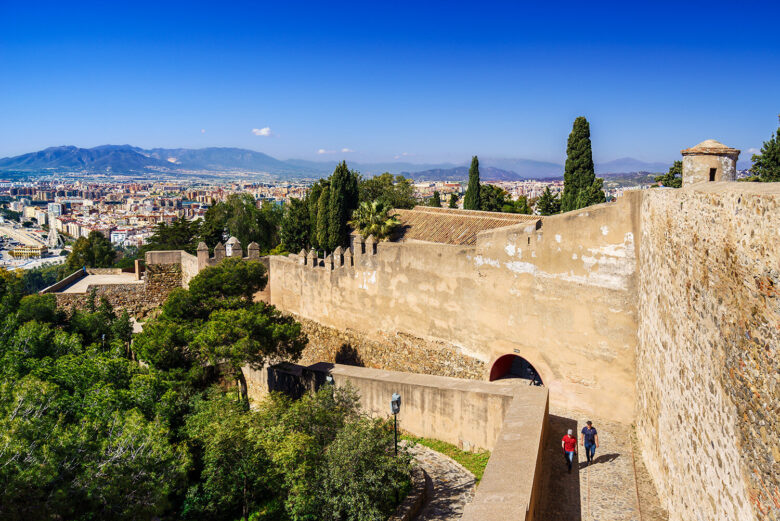
Source: benahavislife.com
The Castillo de Gibralfaro is another Moorish fortress and our second reason to visit Malaga. This X century Arabian castle overlooking the town was originally built to defend the Alcazaba and it now offers splendid views of Malaga and its port. On a clear day you can see the Atlas Mountains across the Strait of Gibraltar. It can be easily reached by taxi or by foot but you have to bear in mind that the route is uphill so make sure you’re wearing comfortable shoes! Despite it’s small, it’s definitely worth a visit as the interiors show interesting pieces of military warfare. Since it’s really close to the Alcazaba, visitors can purchase a joint ticket to explore both historic attractions at once. Monte Gibralfaro, where the homonymous castle and the Alcazaba are located, is in fact, a very nice place where to relax and spend the evening surrounded by a small forest and enjoy beautiful sunsets.
The Gibralfaro Castle is a X century castle built by Abd-al Rahman III, Caliph of Cordoba, that sits on an ancient Phoenician compound. It’s most famous for its three-month siege by the Catholic Monarchs Ferdinand II of Aragon and Isabella I of Castile. After the Christian Reconquest, King Ferdinand made the Castillo de Gibralfaro the emblem on Malaga’s flag as well as the flag of the province. Although much of the original fortress has been destroyed, the site still provides a fascinating historical perspective. The most visible remains of the fortress are the immense old ramparts that rise above the woodlands.
3. Travel Back in Time at the Roman Theatre

Source: visit-andalucia.com
Visiting the Roman Theatre in Malaga provides an excellent opportunity to see the timeless beauty of Hispanic Rome. It was built sometime during the first century AD and was quite hidden in sight amid the Casa de la Cultura. It was accidentally discovered in the early 1950s and the excavations later on unfolded the wholeness of the Roman Theatre.
Today, the place acts as a venue to various shows as it did in the old times.
It’s the oldest surviving monument in the city. You can visit it for free; it’s located on Calle Alcazabilla right in the city centre. If you’re curious, you can learn more about this archaeological gem at the Interpretation Centre right next door where you can also see amphoras and tools used back then. Located just below the Alcazaba, visitors have the rare opportunity of admiring two buildings from two of the most emblematic Ancient civilizations at once.
The Roman Theatre of Malaga dates back to the era of Julius Caesar, the first emperor of the Roman Empire. Today it preserves the stands, the semicircle where the authorities of the era would stand and most of the stage. It’s definitely an impressive monument and another must-see if you’re in Malaga. Where else can you find a Roman Theatre right in the middle of the town? The theatre was used for around 300 years up to the 200s but then was forgotten and even used as a quarry during the Moorish period.
4. Admire the Stunning Malaga Cathedral

Source: tripkay.com
Built over a former mosque, the Cathedral of Malaga is affectionately nicknamed by locals “la manquita”, which means “the one armed lady”. Intriguing? Look at it from the Plaza del Obispo and you’ll probably understand why. Although the original plans for this Gothic-Baroque basilica contemplated two towers, the lack of funding resulted in the completion of only one of them. This religious building is one of the most beautiful of its kind in Spain and it’s definitely worth visiting. A couple of years ago, the cathedral’s roof was opened to the public; it’s true that you’ll have to climb 200 stairs to get there but the sweeping panoramic views from there are absolutely worth the aerobic training!
The city’s cathedral is called Santa Iglesia Catedral Basilica de la Encarnacion; its north and only tower is 84 metres tall and it can be seen from various parts of the city. It’s located only a few blocks away from the Roman Theatre and where the Mosque-Aljama stood during the city’s eight centuries of Muslim rule. Of the mosque, only the Patio de los Naranjos survives today, a small courtyard of fragrant orange trees.
The interior of the church is nothing short of stunning. Amongst the treasures you can find there we can mention two massive organs with more than 4000 pipes, neoclassical and Gothic altarpieces, artwork and biblical sculptures including 42 carvings by Pedro de Mena, Vargas and Giuseppe Ortiz Micael Alfaro. The dimensions of the hall are impressive! Take your time to appreciate the fabulous domed ceiling that soars 40 m into the air and the vast colonnaded nave that houses an enormous cedar-wood choir. The aisles give access to 15 chappels decorated with gorgeous XVIII-century retables and religious art.
The Museo Catedralicio, housed within the cathedral building, gives you the opportunity to explore various works of art.
5. Follow Picasso’s Steps
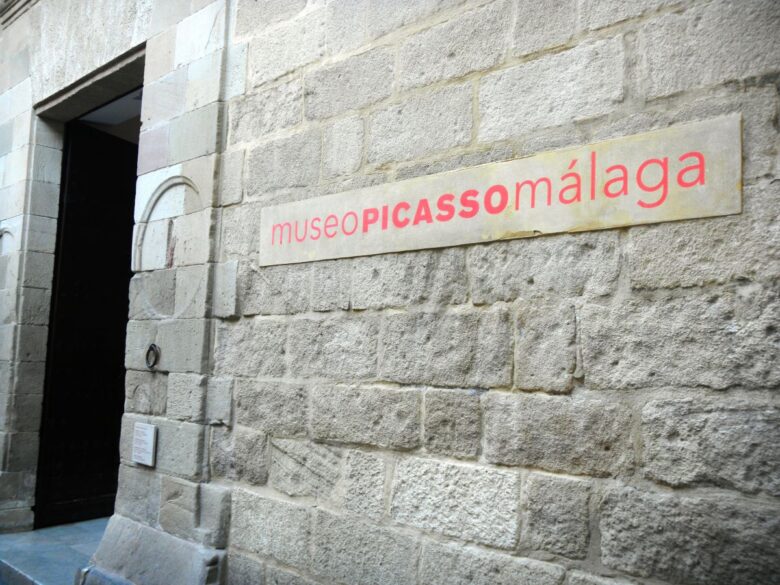
Source: wikipedia.com
Malaga is famous for being the birthplace of Pablo Picasso, the most prolific of all professional contemporary painters. His legacy is still alive in the city, especially in Plaza de la Merced where he was born. If you’d love to learn more about him and appreciate some of his works, there are two main places where you should go: Pablo Picasso Museum and the Casa Natal de Picasso.
The Casa Natal de Picasso, located in Plaza de la Merced, is the house where Picasso was born. The house is now an artistic foundation that offers regular exhibitions of his work, artifacts he used during his life and a very good version of a XIX century study room. It may not showcase his most famous works, but it does offer a tour through his childhood until adulthood. After exploring the house, take a couple of minutes looking at the statue of Picasso that sits on a bench just in front of the building.
Pablo Picasso Museum, located in the wonderful Palacio de la Buenavista near the Cathedral, is probably the most visited museum in Malaga. In its more than 10 permanent exhibition halls visitors can enjoy some of classic Picasso works, less known sketches, ceramics and really interesting temporary exhibitions.
The Museo Picasso Malaga is a must-see for anyone visiting the city; it’s considered a tribute to his artistry. There are hundreds of works in display and you can easily spend a whole afternoon browsing its different exhibition areas. Picasso was extremely prolific: he painted over 2000 works and there are more than 200 works showcased in the museum, including paintings, drawings, sculptures, engravings and ceramics from its inception until the last academic paintings of the 1970s.
It’s great to see how he evolved as an artist and the different styles he embraced. The stunning collection exhibited was donated and loaned by the wife of his eldest son and his grandson. Highlights include a painting of Picasso’s sister, Lola, undertaken when he was only 13, sculptures made of plaster, clay and sheet metal; a quick journey through Cubism and some interesting late works.
6. Explore the City’s Museums
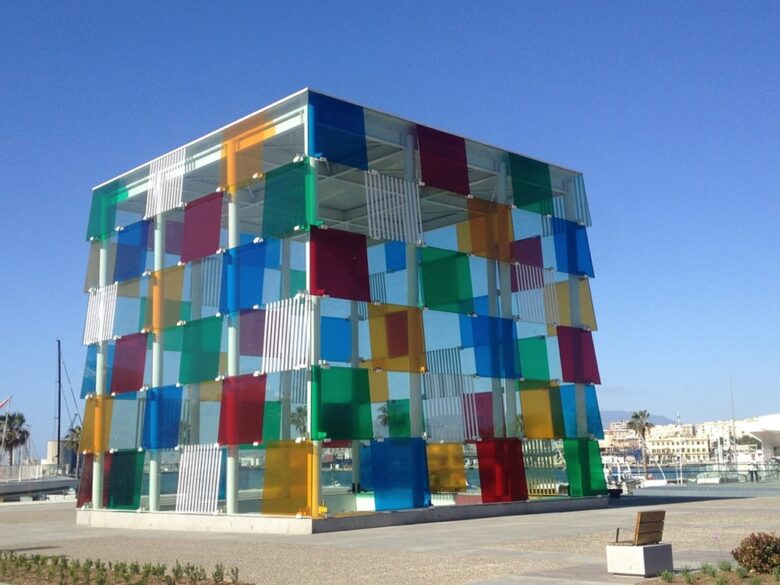
Source: getbybus.com
There are more than 30 museums to explore in Malaga. Whether you love artworks, doll houses, music, cars or wine, you’ll definitely find a museum just for your particular interests. That said, one of the reasons to spend some time in the city is to immerse in its different museums that speak of Malaga’s vibrant history, tasteful art and rich culture.
The Museo de Malaga is one of the must sees with its 18000 square metres of the Palacio de la Aduana dedicated to archaeology and fine arts. Spread out over two floors in this magnificent palace, it is the home of a superb art collection. The first floor consists mainly of XIX-century Andalusian landscape and genre paintings, with additional rooms devoted to more modern work. The extensive archaeological collection ranges from Neolithic shards uncovered in the Cueva de Nerja nearby to a headless statue of a Roman noblewoman. The museum also displays two of Picasso’s earliest works: the Study of
7. Old People painting and The Old Man with the Blanket
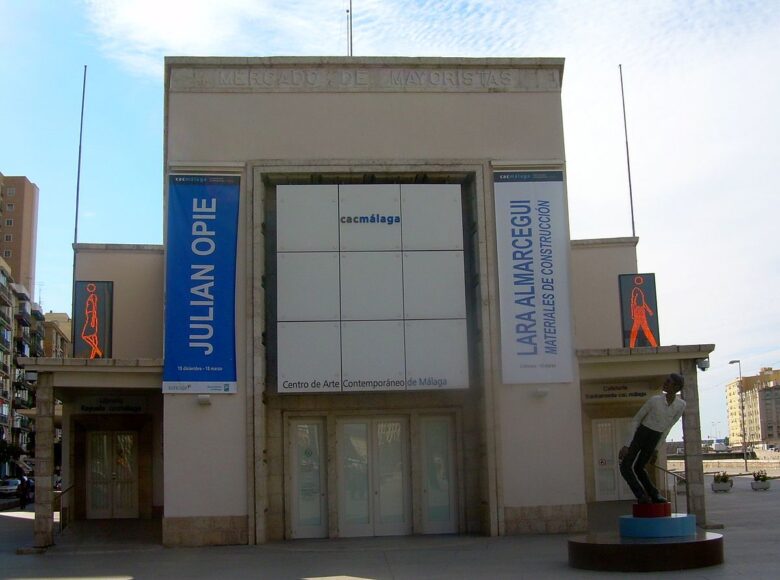
Source: wikipedia.com
The Centre Pompidou Malaga is one of the most outstanding points of interest in the city. Housed in a large and colorful glass cube and inaugurated in 2015, it’s the first Pompidou brand to open outside of Paris. The museum is a must-see in Malaga and it’s organized in three areas: one with a collection from Georges Pompidou National Centre of Art and Culture with art from the XX and XXI centuries, a second area devoted to temporary exhibits and a third area with workshops for kids. If you love modern art, you can’t miss it! From Picasso and Francis Bacon to stunning photographs and interesting temporary exhibitions, the Pompidou Museum Malaga is one of those art centres where you don’t need to know a lot about art to have a great time!
The Centro de Arte Contemporáneo, located in the Soho de Malaga, is an important contemporary art centre and another one of the best things to do while in the city. It showcases various exhibits coming from different private collections.
8. Relax at Malaga’s Beaches
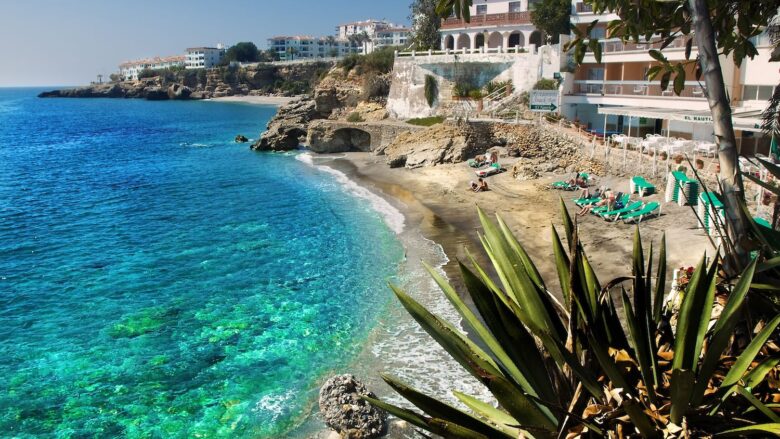
Source: tripsavvy.com
Since The Costa del Sol runs from the south of Malaga city, past Marbella and ends around the town of San Diego, it’s not surprising at all that Malaga is home to amazing beaches. Depending on what you’re looking for you’ll consider one or the other as the best ones. Fuengirola or Benidorm are great for partying while Marbella focuses on Michelin-Star dining and high-end shopping.
Playa Malagueta, which starts within the city at the edge of the port, is about a half mile long and includes beautiful sand beaches and plenty of drink and food options. In the evening, you can go to Malaga’s port where and enjoy an interesting variety of shops and restaurants where you can have a break and admire the yachts and cruise ships that arrive there. It’s a great place for sunbathing and beach activities and it’s close enough to the city centre to enjoy everything that Malaga has to offer. Other popular beaches amongst locals and tourists are Playa de El Palo, Playa Peñón del Cuervo or Playa de la Misericordia.
9. Challenge Yourself At El Caminito del Rey
Less than an hour by train from Málaga there is a trail that used to be known as the most dangerous trail in the world: el Caminito del Rey. It was originally an access road for the construction of a hydroelectric dam. It’s located in a rather impressive gorge and hikers started to walk it. In 2015 it was completely renovated and secured and, even if it is less impressive, it’s definitely much safer to walk to it.
The path itself runs 100 metres above the river below and it’s only 1 meter wide. It has no handrails and you need to book a time slot to walk the whole trail.
